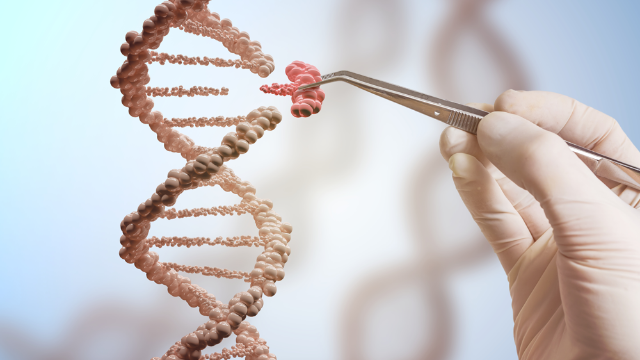Researchers hope to develop treatments for a wide range of genetic disorders, and even cancer, using CRISPR-Cas9 gene editing. These clinical interventions may take the form of ex vivo therapy, in which cells are edited in the lab and transfused into patients, or in vivo therapy, which delivers gene-editing machinery directly to the affected tissues.
Ex vivo
Approach: Extract cells from the blood, modify them using CRISPR, expand the edited cells, and infuse them back into the body. Alternatively, modified cells from a healthy donor could be expanded and infused into multiple patients.
Examples: Several research groups and companies are developing therapies that modify autologous hematopoietic stem cells to treat sickle cell disease and/or β-thalassemia, with trials beginning as early as this year. Trials are in progress to modify autologous or donor T cells with customized receptors to better fight cancer.
Hurdles: Regulators have little experience with customized, cell-based therapies, and the manufacturing process is considerably more complex than the production of conventional drugs.
In vivo
Approach: Use a vector, such as a nanoparticle or virus, to deliver CRISPR-Cas9 to targeted cells or tissues within the body.
Examples: Editas Medicine is planning to file an IND for a trial in which an adeno-associated virus carrying CRISPR-Cas9 will be injected into the eye as a therapy for Leber congenital amaurosis. Intellia Therapeutics plans to file an IND next year for a therapy for transthyretin amyloidosis that would use CRISPR-bearing lipid nanoparticles to knock out production of a disease-causing abnormal protein in the liver.
Hurdles: Delivering CRISPR-Cas9 to a sufficient number of target cells to have a therapeutic impact is a major challenge. Potential safety concerns include the possibility of off-target edits to the genome, and of provoking an immune response in recipients.







